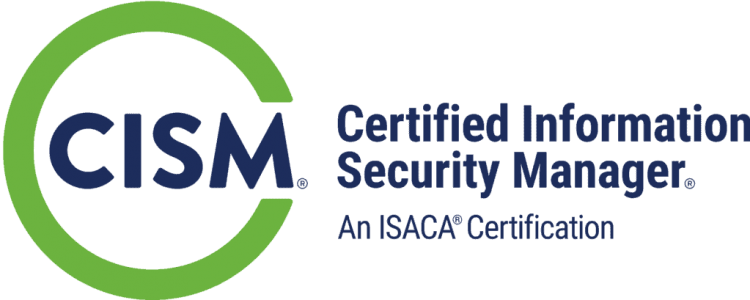Course Overview:
The Implementing Cisco Enterprise Wireless Networks (ENWLSI) course gives you the knowledge and skills needed to create a secure wireless network infrastructure and troubleshoot any related issues. You’ll learn how to implement and fortify a wireless network infrastructure using Cisco Identity Service Engine (ISE), Cisco Prime Infrastructure (PI), and Cisco Connect Mobile Experience to monitor and troubleshoot network issues.
Attendees to N-515: Implementing Cisco Enterprise Wireless Network (ENWLSI) will receive TechNow approved course materials, expert instruction, and prepare you to take the 300-430 Implementing Cisco Enterprise Wireless Networks (ENWLSI) exam, which is part of the CCNP® Enterprise certification and the Cisco Certified Specialist – Enterprise Wireless Implementation certification.
Dates/Locations:
Duration: 5 Days
Course Objectives:
- Implement network settings to provide a secure wireless network infrastructure
- Implement a secure wireless client and troubleshoot wireless client connectivity issues
- Implement and troubleshoot QoS in wireless networks
- Implement and troubleshoot advanced capabilities in wireless network services
Prerequisites:
- CCNA certification
- N-415: Implementing and Operating Cisco Enterprise Network Core Technologies
- General understanding of networks and wireless networks
- Routing and switching knowledge
Comments
Latest comments from students
